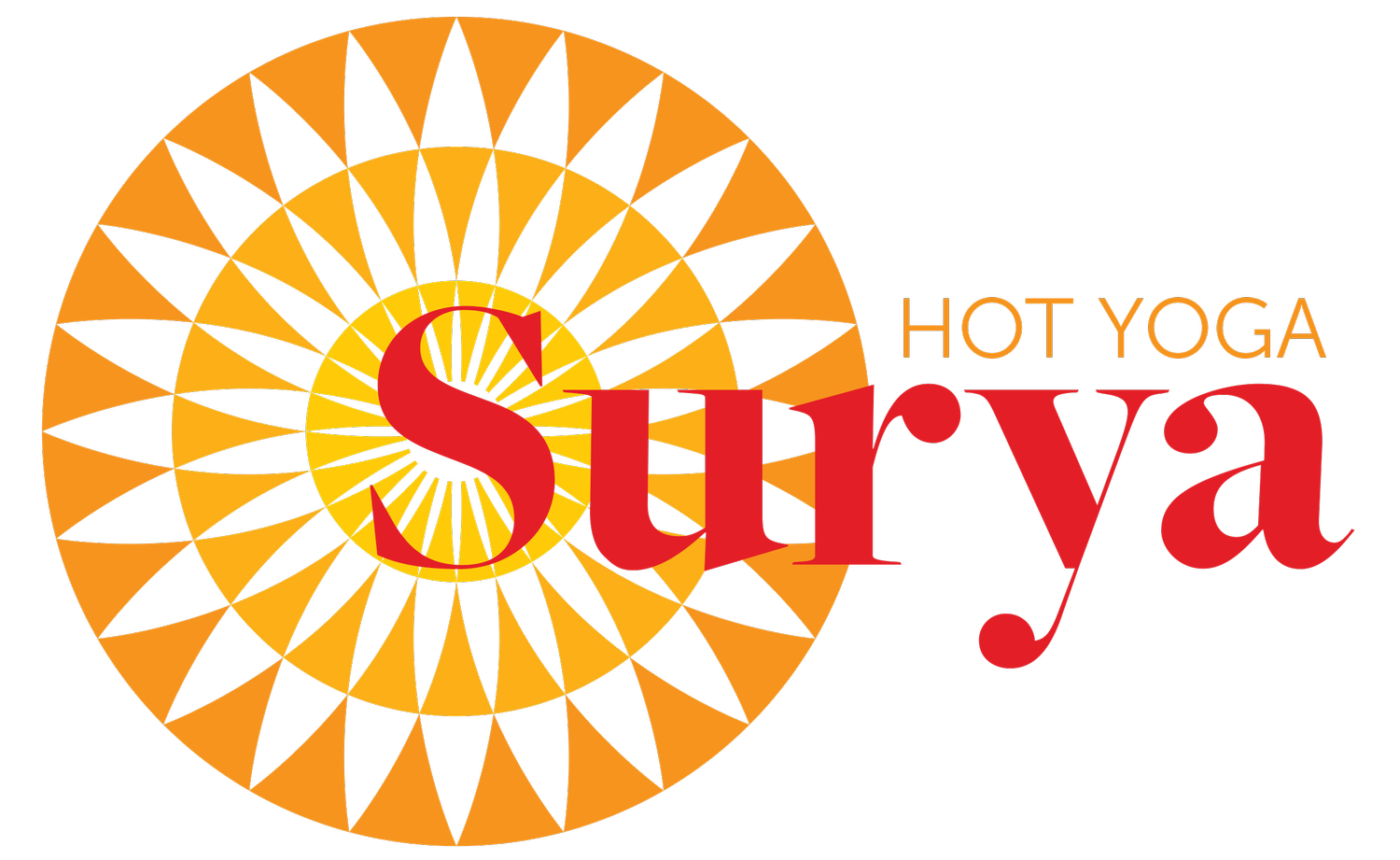A Beginners Guide
As a beginner, there is so much information it can see overwhelming so here’s some bite sized guidelines to work with.
1. Be regular with your practice. The beginners classes have been tailored to suit the needs of students at the early stages who want to gain knowledge and learn good foundations of a yoga practice. These classes are informative and introduce students to yoga in a conscientious way without the intensity of heat. The more you come to class, the more open your body is and the more chance you give yourself to understand the shapes and the breath. Yoga is about connection and like the best broadband services, consistency is a basic requirement. These are hour classes where the teacher takes you through postures step by step. There is time to ask questions, which is not always possible in a regular class.
2. Let’s start with the heat. It takes time to build a relationship with anything in life. It's the same with the heat. It can be a bit ferocious- especially at the beginning, so try to respect it by stopping when it feels intense. You’ll see the more you fight with it, the stronger it gets! And slowly, as your relationship with it deepens, so you will see your practise deepening with it. It is the element that cleans you... creates space in you... helps to ground you in challenging places on your mat... detoxifies you... balances all the systems of the body... strengthens your nervous system... the list is endless! And as the relationship grows, one day you fall in love with it!
3. Breath. Learning how to use your breath is fundamental to all yoga. The breath ties your practice together. Breathing in and out through the nose (with a gentle constriction at the back of the throat) is your body’s natural way to stay calm, present, focused and in control. If you lose your breath, stop moving your body until you get it back under control. If you are struggling to understand the Ujaii breath, ask one of our teaching staff for extra guidance. Or you can find great clips on YouTube. Without the breath to tie practice together, Yoga is reduced to a series of stretches and shapes.
4. Doing less is more. Our bodies are constantly sending us messages about its status. Pushing yourself, overexerting your muscles, straining your joints etc., will all disrupt a
smooth breath and an enjoyable practice. Try to relax and smile when you're challenged and if you need to just stop, be still and always remember to breathe in and out of your nose- never through the mouth. When you choose to stop and regulate your body, you are in control of your practice.
5. Alignment and awareness. The way we hold our bodies directly affects the quality of our posture. Focus initially on getting the correct alignment of each posture and the depth will come naturally. Other peoples bodies and their postures need not concern you- this is your practice and your body. Everyone is different so be sure to ask teachers for a small adjustment to postures if you're finding alignment difficult. The pace of the class is the last thing you want to chase. This will come in time. Firstly connect with the pace of your body and the rhythm of your breath. Be conscious of how you move in and out of the posture and build awareness into your practice. From today, ensure you can see yourself in the mirror so you can keep an eye on your alignment.
6. Hydration. A well hydrated body can oxygenate much more efficiently and stretch without cramping. On average an adult body is about 60% water. Healthy bodies are well hydrated, but in the hustle of London life we sometimes neglect this basic aspect of our nutrition. As your practice becomes more conscious, try to focus on monitoring your water intake and also- once you venture into the hot room- your electrolytes.
7. Stillness and being present. the creases in our towel, the little beads of sweat tickling your right ear or that itch between your shoulder blades you can’t quite scratch: these represent the distractions of the outside world. Yoga is a gift so be present and focus on being still. Take your mind away from the email you need to write and let yourself feel the mat beneath your feet. Push down and turn your tailbone down, lift out of your waist, relax your shoulders down your back. You become a mountain. This pose is called Tadasana. Always come back to the mountain when you feel like fidgeting.
A few general remarks:
- try to come to a variety of classes alongside your beginners classes. This will challenge you in new environments and give you the chance to learn something new.
- Yin Yoga is also very good for new students as it teaches us to understand and to connect to our bodies at a deeper level
- the journey is more important than the destination. Let yourself enjoy the process and trust the process
- calming down is truly waking up. A calm and conscious mind is also the most alert, conscious and sharp mind
- you will have many lives but in this one you have just one body: be kind and gentle to it Here are a few books that will be helpful. All available at amazon.co.uk
Bikram’s beginning Yoga Class- Bikram Choudhury
Brightening our Inner Skies, Yin and Yoga- Norman Blair The Heart of Yoga- T.K.V. Desikatchar
